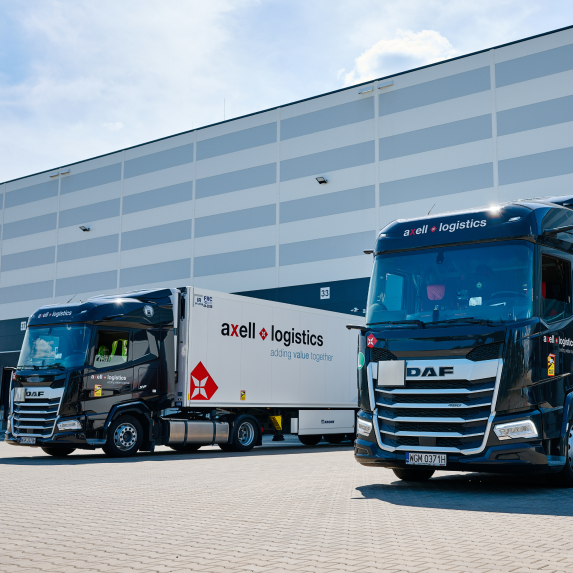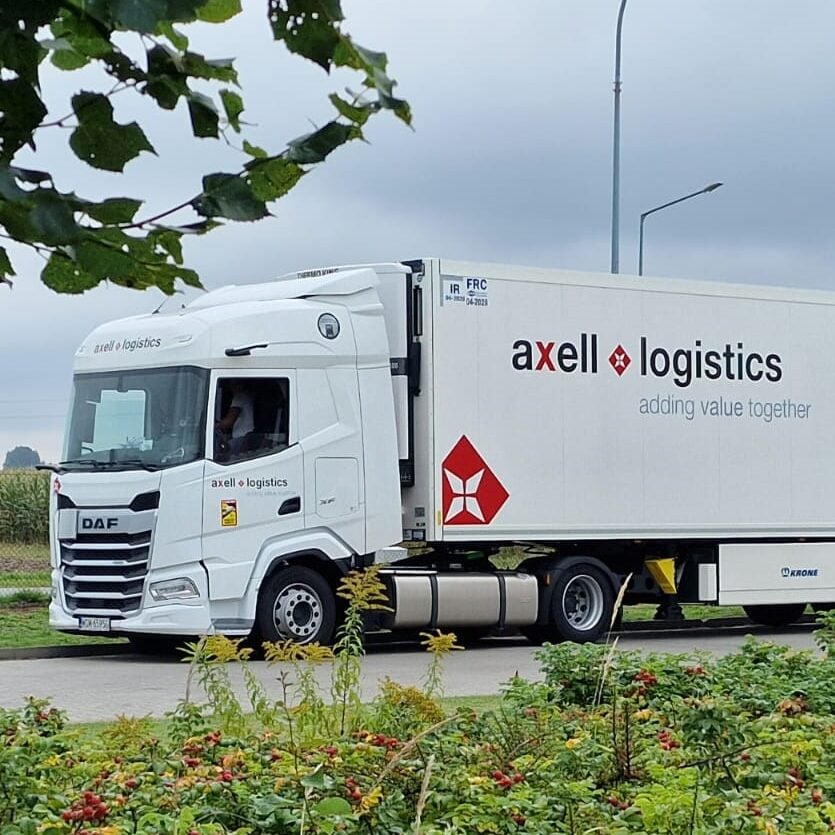Modern customers expect not only speed and convenience, but also personalized shopping experiences that go beyond traditional sales channels. In response to these demands, companies are increasingly turning to the omnichannel strategy, which integrates multiple customer touchpoints. This operating model enables the creation of a seamless and efficient customer journey, combining the online and offline worlds and ensuring consistency at every point of interaction.
What is omnichannel?
Omnichannel is a strategy that integrates all available communication and sales channels of a company to provide a consistent and smooth experience for customers. This approach allows users to move effortlessly between platforms and touchpoints—from physical stores and websites to mobile apps and social media. Each interaction is tracked and used to further personalize the experience, enhancing customer satisfaction and loyalty. The goal of this strategy is to create a unified, coherent path to purchase, regardless of the channel a customer chooses.
In this context, the term omnichannel marketing also comes into play. What is it? It’s an advanced marketing strategy that integrates all available communication channels to create a consistent and coordinated customer experience throughout the buyer journey. The aim is to ensure that every interaction—whether through an online store, social media, mobile app, email, or in-store—is not only aligned, but mutually reinforcing. Omnichannel marketing allows businesses to tailor messages and offers to individual needs and customer history, which increases purchase intent and builds long-term loyalty. This strategy emphasizes the importance of understanding consumer behavior and using modern technology for data analysis to create more personalized and effective campaigns—driving higher sales and profitability.
How does omnichannel work?
Omnichannel works by integrating all communication and sales channels to ensure a unified customer experience across all touchpoints. The strategy synchronizes activities in physical stores, e-commerce platforms, mobile apps, and social media, creating a cohesive interaction network. This means a customer can start their purchase journey in one channel and finish it in another—seamlessly.
In practice, omnichannel uses advanced data analysis tools to personalize offers and communication, increasing engagement and satisfaction. Like any strategy, omnichannel has both advantages and challenges that should be carefully considered before implementation.
Benefits of the omnichannel strategy
Omnichannel brings many benefits to companies looking to enhance customer interaction and satisfaction. One of the key advantages is offering a consistent shopping experience across all platforms. Customers can easily switch between online stores, apps, and brick-and-mortar locations, which improves comfort and loyalty.
It also enables better use of customer data for targeted offers and personalized communication. This improves conversion rates and sales. Integrating sales and customer service channels allows companies to optimize operating costs and logistics efficiency. In the long run, omnichannel becomes a strategic tool that strengthens customer relationships and improves financial performance.
Challenges of the omnichannel strategy
Despite its advantages, omnichannel also presents challenges. Managing multi-channel integration is complex and requires advanced IT systems and ongoing adaptation to new technologies. Initial implementation can be costly and time-consuming due to required infrastructure and staff training.
Maintaining consistency across channels is also difficult, especially in terms of service quality and internal communication. There are data privacy concerns as well, since collecting and integrating large volumes of customer information increases the risk of data breaches. Companies must ensure a high level of security and compliance with personal data regulations, which also adds to costs.
Examples of omnichannel in practice
Omnichannel strategies are used across various industries to improve customer satisfaction and streamline operations. In retail, customers might browse products online, then try and purchase them in-store. Real-time stock availability and online reservation for in-store pickup provide a smooth transition between digital and physical channels.
In service industries like beauty salons or car workshops, clients can book appointments online and receive updates via email, SMS, or mobile apps—improving convenience and time management. In banking, omnichannel allows customers to start a process online, such as a loan application, and complete it in a branch without repeating information—saving time and increasing efficiency.
Omnichannel not only ensures seamless cross-platform experiences but also improves understanding of customer needs and supports long-term loyalty building.
How to use omnichannel in logistics?
improving customer service quality. By integrating IT systems across various sales channels, companies can accurately track inventory and ensure continuity between online and brick-and-mortar stores. Product availability data, warehousing services, and order fulfillment processes are fully synchronized—enabling more efficient delivery planning and minimizing delays.
By combining omnichannel with logistics services, many processes can be automated. For instance, systems can automatically adjust orders based on available stock and customer preferences, offering alternative products or faster delivery options when standard methods are unavailable. This allows businesses to respond more effectively to demand fluctuations and product availability—while increasing overall customer satisfaction.
Omnichannel also enables better return management. The system can allow customers to easily and quickly return products through any channel, regardless of where the original purchase took place. This is key to building customer loyalty and reducing the operational costs associated with returns.
While implementing omnichannel in logistics requires advanced coordination, it enables the creation of a more flexible and resilient supply chain. It supports faster and more accurate deliveries, and helps build stronger customer relationships—especially with those who value fast and efficient service at every stage of their purchasing journey.
Get support in implementing omnichannel
In this article, we’ve explained what omnichannel means, how it works, and its pros and cons. Ready to take the next step?
Axell Logistics provides end-to-end transport and logistics solutions. With years of experience and advanced infrastructure, we offer warehousing, transport, distribution, and workforce outsourcing services tailored to your needs—including omnichannel logistics.
We also offer contract logistics, financial services, and value-added logistics activities. With smart technologies for shipment tracking and inventory control, we ensure full transparency and fast response to market changes.
Our focus on flexibility and efficiency makes us a reliable partner in your supply chain.






















